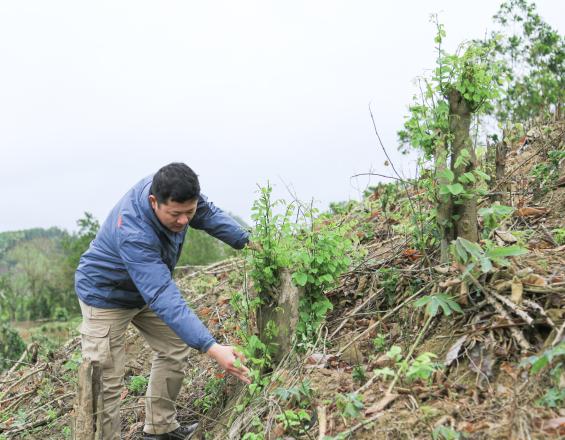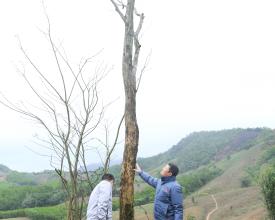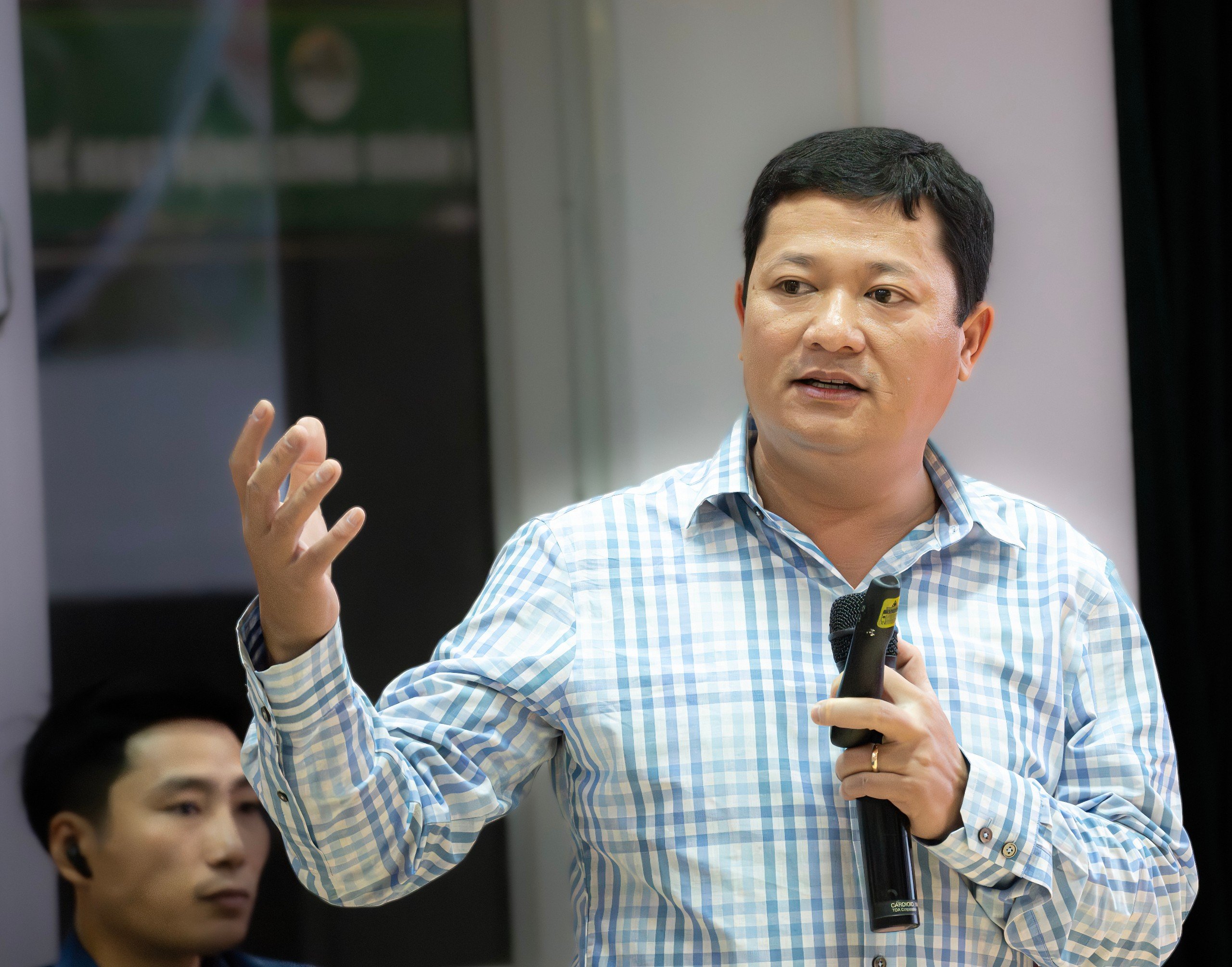Conserving Critically Endangered rosewood and Endangered padauk species in Community forest Vietnam's Central Annamite

Rosewood (Dalbergia spp.) and Dipterocarpus macrocarpus are among the most logged and traded tropical timbers in Southeast Asia due to high demand from the luxury furniture market. Extensive illegal logging and trade have led to local extinction or severe population declines across its range. In response, we propose a community-based conservation program in the Central Annamites, Vietnam. The initiative includes establishing community nurseries, replanting rosewood in known habitats, and protecting remaining mature mother trees through the creation of Other Effective area-based Conservation Measures (OECMs) in community forests. This integrated approach will safeguard vital seed sources, support long-term species recovery, and actively engage local communities. In doing so, it will also create alternative income streams through seedling production, participation in restoration efforts, and access to carbon credits and other green financing opportunities.
Context
Challenges addressed
Location
Impacts
Environmental Impacts:
- Last population permanently secured, protecting the last known wild populations of Dalbergia cochinchinensis and Pterocarpus macrocarpus in the Central Annamites.
- Mature mother trees of the two species protected in situ as a seed source for future restoration and assisted regeneration efforts.
- The site will function as a genetic reservoir, enabling restoration of degraded forest patches across at least 3–5 surrounding communes in the landscape.
- Prevents illegal logging and habitat conversion in an unprotected area of high biodiversity value, contributing to connectivity within the Central Annamite forest corridor.
Social Impacts:
- Community members will be engaged in forest guarding, monitoring, and seed collection activities.
- Establishment of a community conservation agreement will empower locals to play a leadership role in protecting endangered tree species.
- Community members will participate in the identification, mapping, and long-term stewardship of the site.
Economic Impacts:
- A small-scale community nursery will be established using collected seeds, generating potential income from seedling production and supply for restoration projects and conservation offsets.
- Project outcomes will lay the foundation for future access to ecosystem finance (e.g., Payment for Forest Ecosystem Services)




